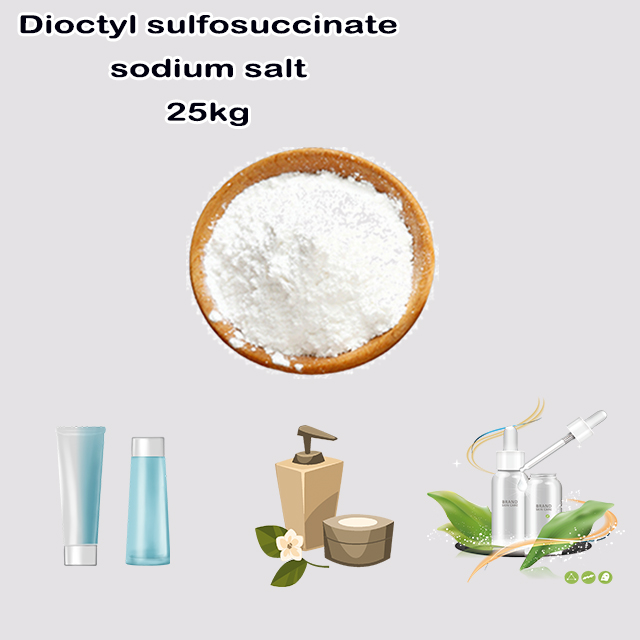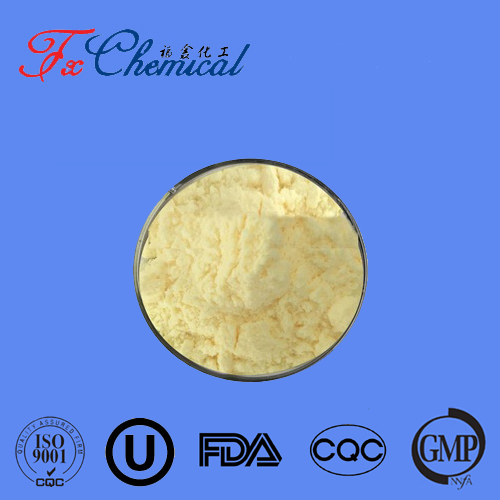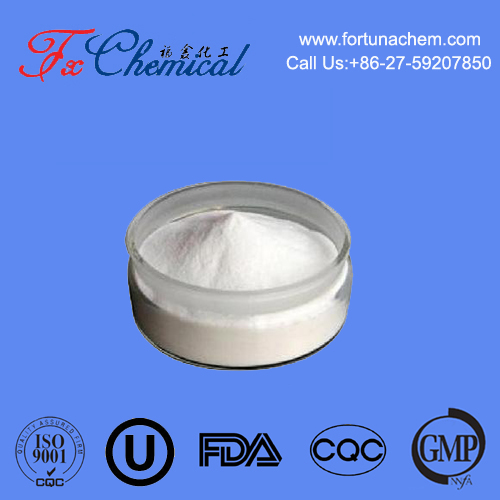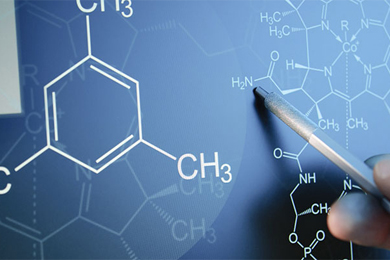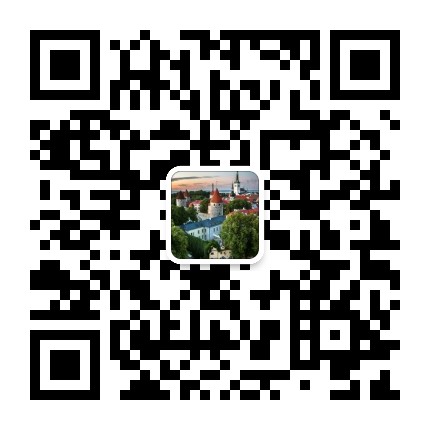
Search

Search

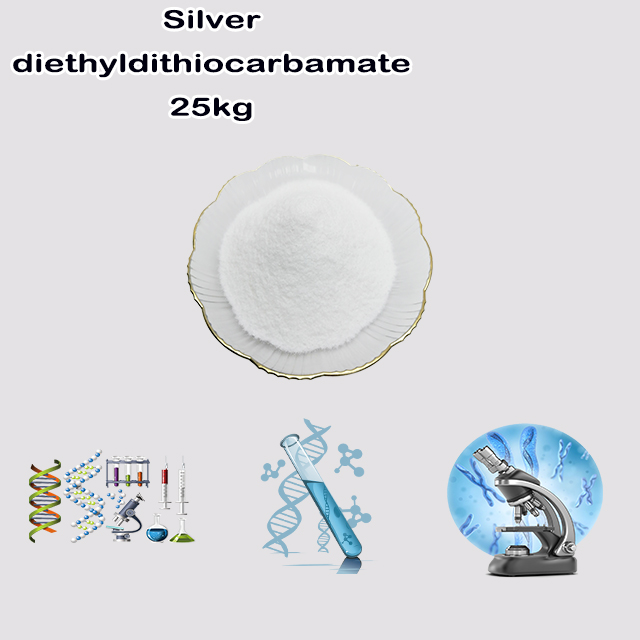
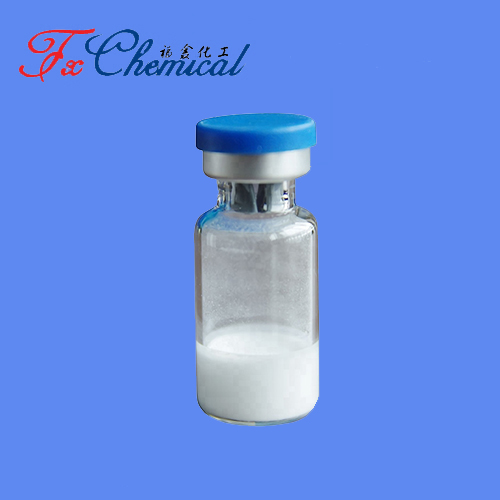
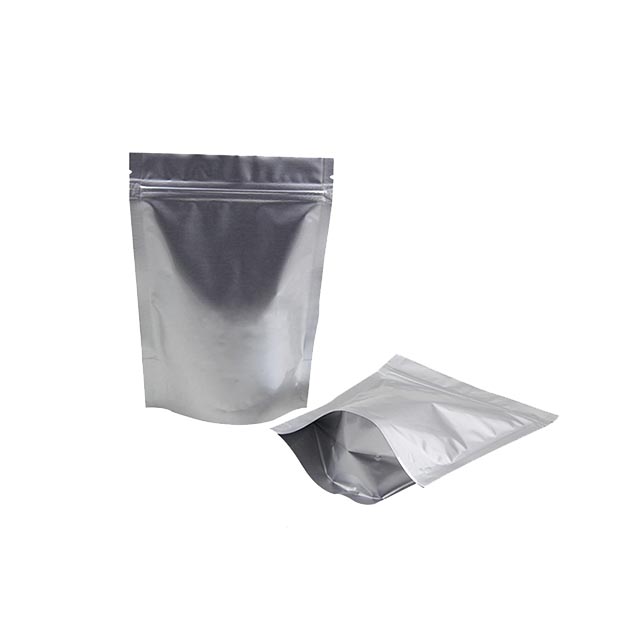
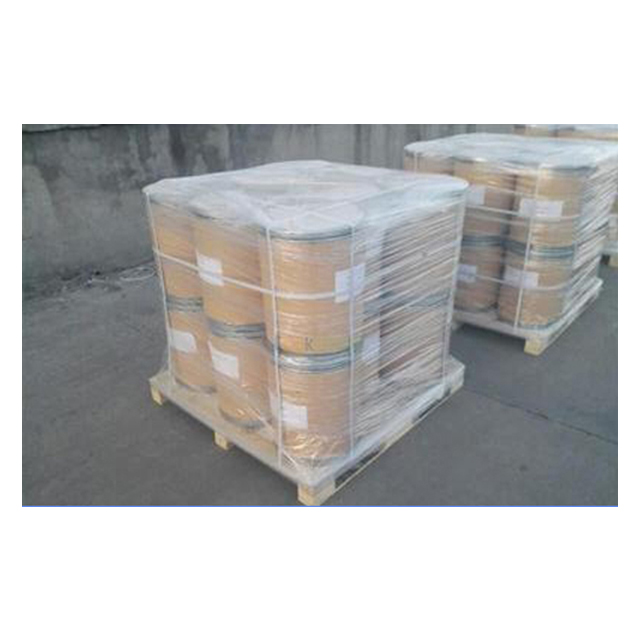
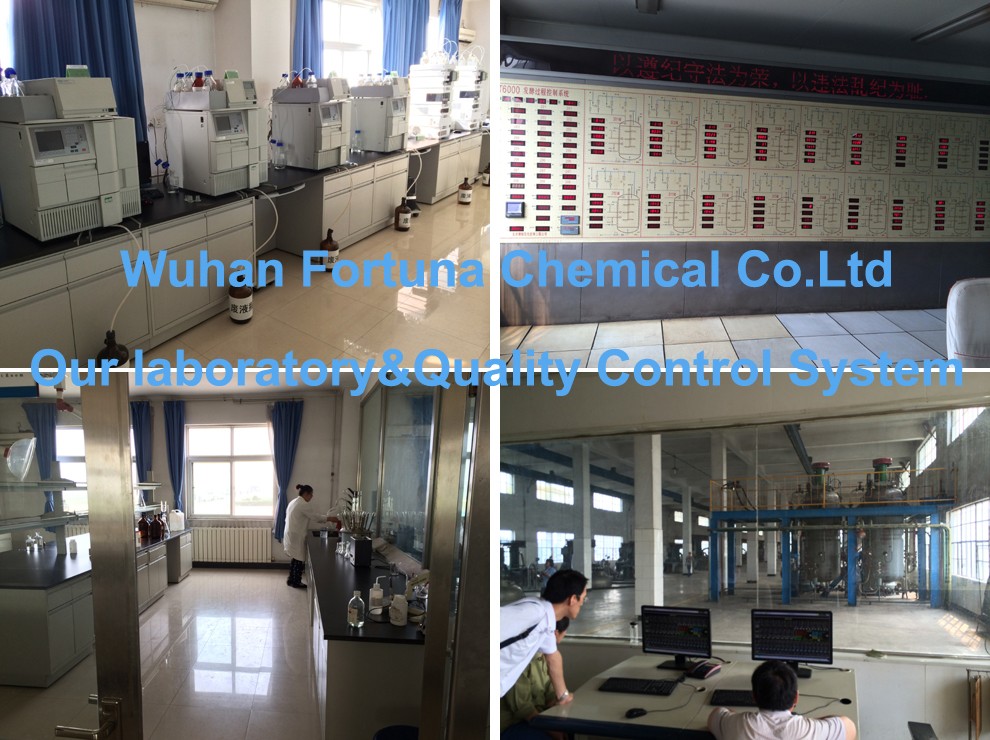





Silver diethyldithiocarbamate (Ag[S₂CN(C₂H₅)₂]) is a coordination compound where silver(I) is bound to a diethyldithiocarbamate ligand.
Structure: Silver coordinates with two sulfur atoms from the dithiocarbamate group [(C₂H₅)₂NCS₂⁻], forming a stable complex.
Appearance: Typically a light-sensitive, pale yellow to white crystalline solid.
Applications:
Analytical Chemistry: Used to detect or quantify metals (e.g., arsenic, selenium) via colorimetric methods.
Catalysis: Acts as a precursor in nanoparticle synthesis (e.g., silver nanomaterials).
Research: Explored in antimicrobial studies due to silver’s biocidal properties.
Safety: Toxic if ingested/inhaled; releases harmful fumes upon decomposition. Handle with gloves and eye protection.
Commonly synthesized by reacting silver nitrate with sodium diethyldithiocarbamate. Primarily used in lab settings for specialized chemical processes.
Silver Diethyldithiocarbamate (CAS 1470-61-7)
Chemical Formula: Ag[S₂CN(C₂H₅)₂]
Molecular Weight: ~256.01 g/mol
Structure:
A coordination compound where silver(I) is bound to the diethyldithiocarbamate ligand. The ligand consists of a dithiocarbamate group (S₂CN⁻) with two ethyl groups attached to the nitrogen atom.
Physical Properties:
Typically appears as a light-sensitive yellow or white crystalline powder.
Solubility: Likely soluble in organic solvents (e.g., chloroform, pyridine) but insoluble in water.
Synthesis:
Prepared by reacting sodium diethyldithiocarbamate with silver nitrate in aqueous solution:
NaS2CN(C2H5)2+AgNO3→AgS2CN(C2H5)2↓+NaNO3NaS2CN(C2H5)2+AgNO3→AgS2CN(C2H5)2↓+NaNO3
Applications:
Analytical Chemistry:
Key reagent in the colorimetric detection of arsenic (e.g., Gutzeit method). Arsine gas (AsH₃) reacts with the compound in pyridine to form a red complex, measured spectrophotometrically.
Used to analyze other heavy metals (e.g., antimony, bismuth) via similar complexation.
Coordination Chemistry:
Acts as a ligand in metal coordination complexes for research or industrial catalysis.
Safety Considerations:
Toxicity: May release toxic gases (e.g., H₂S, NOₓ) upon decomposition. Silver compounds can cause argyria with prolonged exposure.
Handling: Use PPE (gloves, goggles), avoid light exposure, and store in dark, cool conditions.
CAS Number Significance:
1470-61-7 uniquely identifies this compound in chemical databases for regulatory, safety, and procurement purposes.
Stability:
Sensitive to light, heat, and moisture. Store in amber containers under inert conditions.
This compound bridges inorganic and analytical chemistry, offering critical utility in environmental and industrial testing for toxic metals.
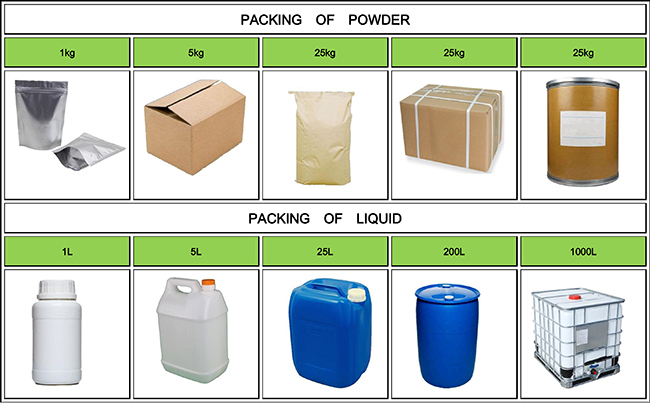
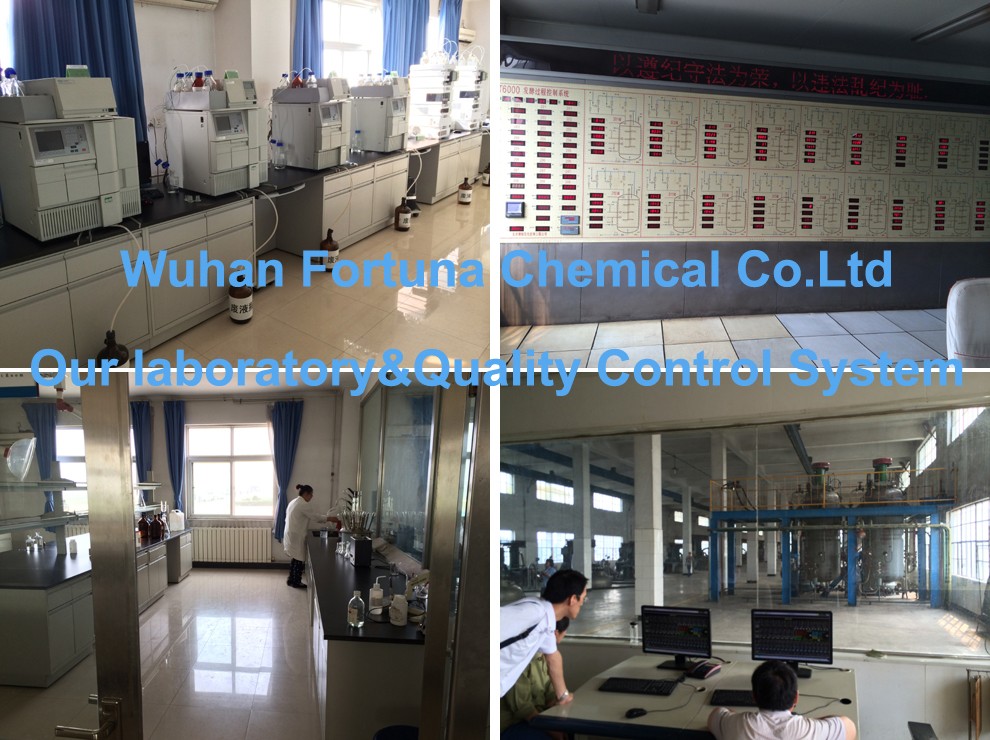
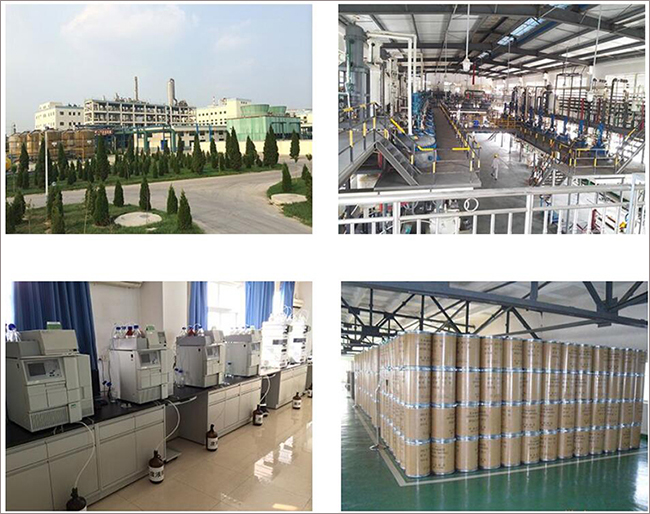

Fortunachem Provides Not Only Professional Chemical Products But Also Professional Help
Keeping you up-to-date with all the latest information, news, and events about Fortunachem!

Quick Links
Add:
E-mail:
 English
English  Español
Español  français
français  العربية
العربية 